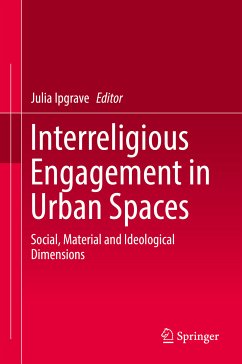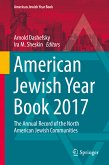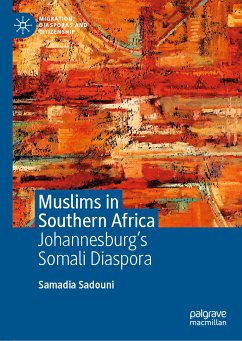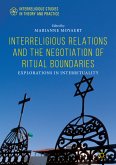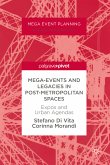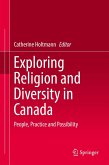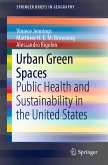The contributors look at the issue through social, material, and ideological dimensions. They explore the following questions: Is interreligious dialogue the producer or product of social capital? What and how are different meanings produced andcontested in places of interreligious activity? What is the function of religious thinking in different forms of interreligious activity? Their answers present a detailed analysis of the variety of practices on the ground. A firm empirical foundation supports their conclusions.
Readers will learn about the changing nature of urban life through increasing pluralisation and the importance of interreligious relations in the current socio-political context. They will also gain a better understanding of the conditions, processes, function, and impact of interreligious engagement in community relations, public policy, urban planning, and practical theology.
Dieser Download kann aus rechtlichen Gründen nur mit Rechnungsadresse in A, B, BG, CY, CZ, D, DK, EW, E, FIN, F, GR, HR, H, IRL, I, LT, L, LR, M, NL, PL, P, R, S, SLO, SK ausgeliefert werden.

